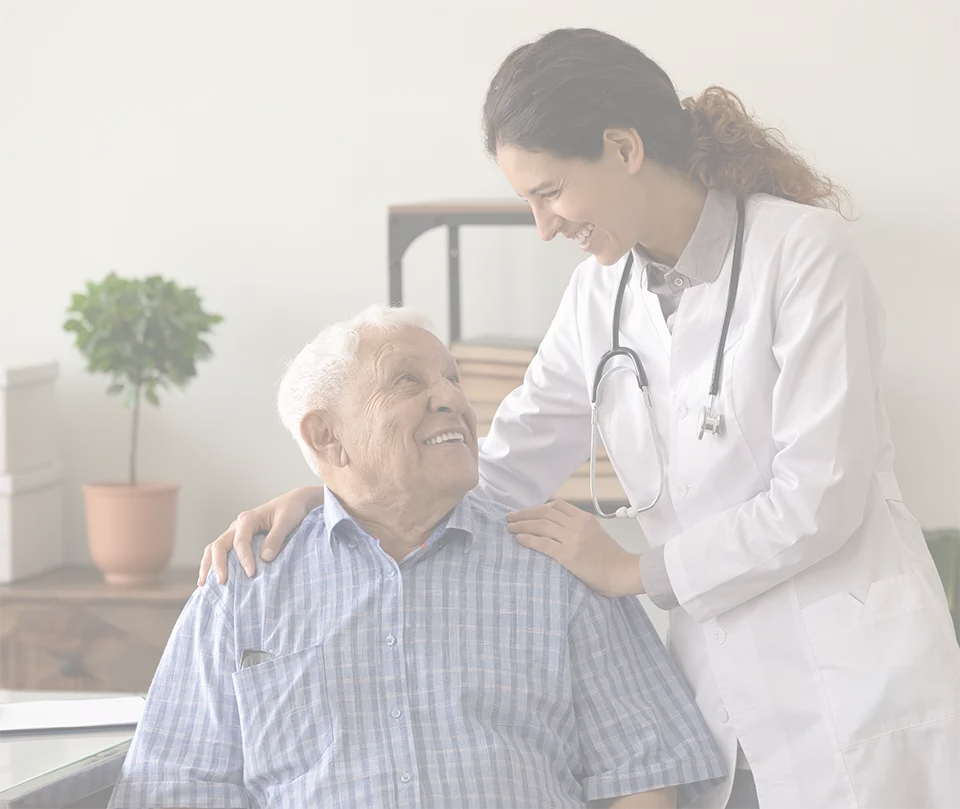Endoscopy Services
Our on-site endoscopy services are state-of-the-art and convenient.

Types of Endoscopy Services Available at Wake Gastro
Upper Endoscopy
Upper endoscopy lets your doctor examine the lining of the upper part of your gastrointestinal tract, which includes the esophagus, stomach, and duodenum (first portion of the small intestine). Your doctor will use a thin, flexible tube called an endoscope, which has its own lens and light source and will view the images on a video monitor. You might hear your doctor or other medical staff refer to upper endoscopy as upper GI endoscopy, esophagogastroduodenoscopy (EGD) or panendoscopy.
Capsule Endoscopy
Capsule Endoscopy enables your doctor to examine the duodenum, jejunum, ileum of your small intestine. Your doctor will use a vitamin-pill sized video capsule as an endoscope, which has its own camera and light source. While the video capsule travels through your body, images are sent to a data recorder you will wear on a waist belt. Most patients consider the test comfortable.
Colonoscopy
Colonoscopy is well-tolerated and rarely causes much pain. You might feel pressure, bloating or cramping during the procedure. Before the Colonoscopy, your doctor might give you a sedative or painkiller to help you relax and better tolerate any discomfort. The instrument is passed via the anus and examination of the entire colon is usually possible. The examination is usually straightforward and takes less than 30 minutes to complete. Any abnormal areas are identified and tissue samples may be taken via the instrument. Any polyps can often be removed at the time of the examination.
See why quality matters with a colonoscopy.
Sigmoidoscopy
For flexible Sigmoidoscopy, there is usually no sedation or painkiller required and the examination will usually take about ten minutes.
Contact Wake Gastroenterology today to schedule a consultation with one of our experienced doctors at (919) 781-7515.




